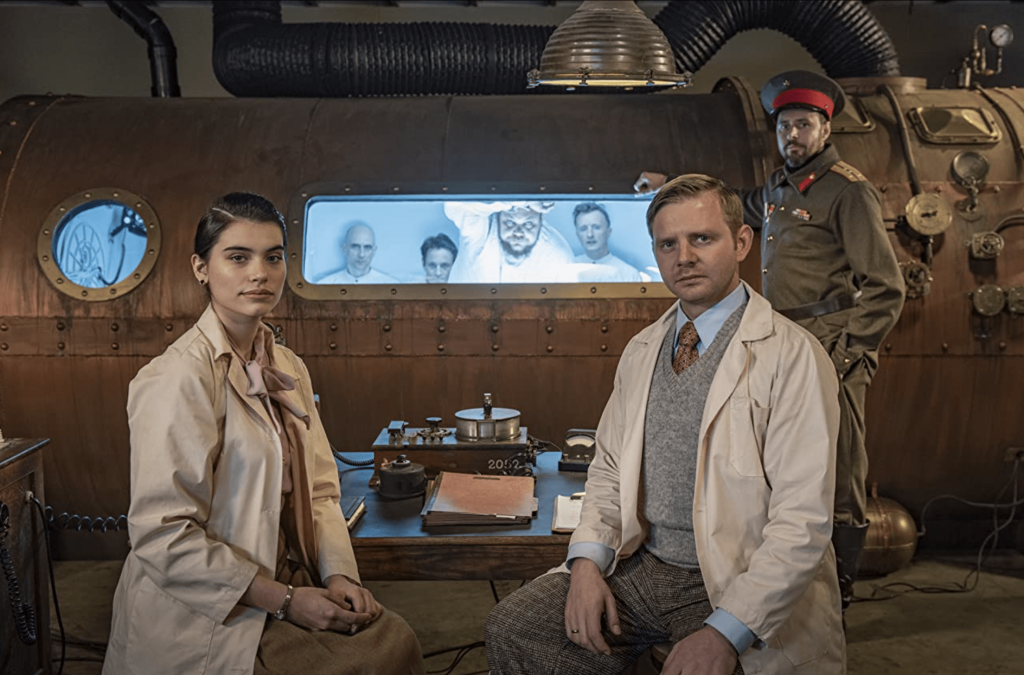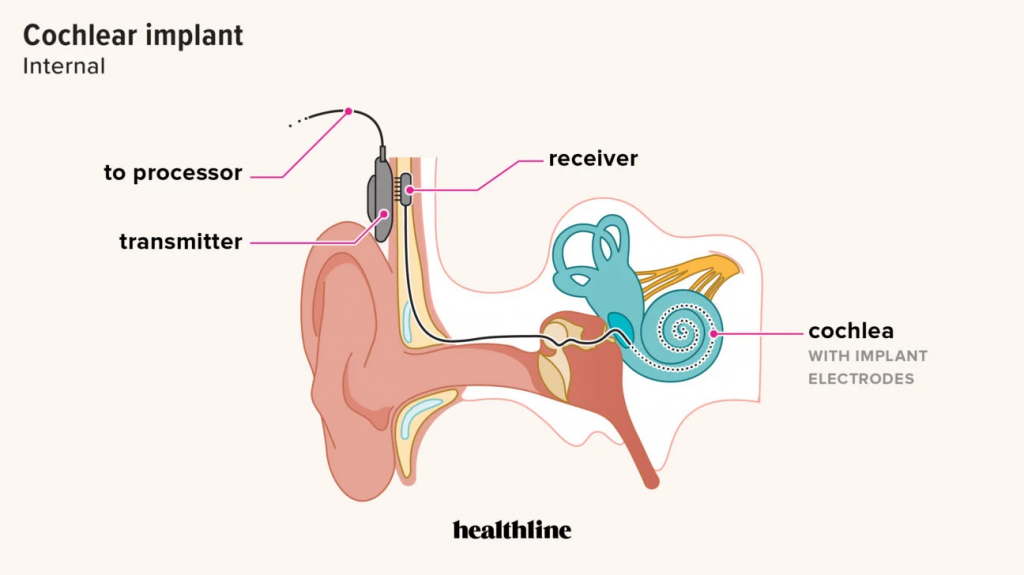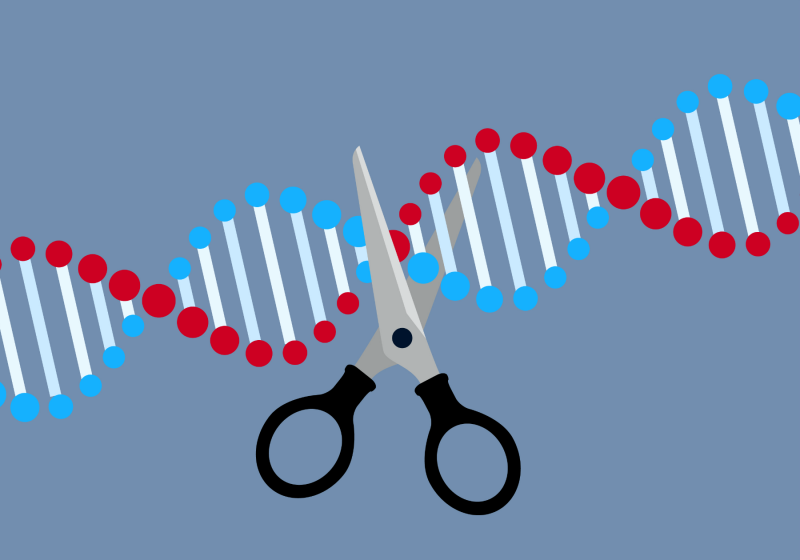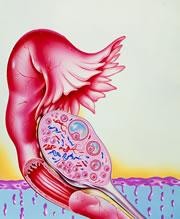
We all know the effects of a late night, especially if we need to get up early in the morning. We’re more irritable, less focused and less alert. I previously thought that symptoms of extreme sleep deprivation of around 48 hours or more, might be similar. However, this is not the case. Interestingly, in extreme cases, your perception of reality can become very distorted and you may experience intense hallucinations. The first symptoms can be seen within 24-48 hours of no sleep.
What is Microsleep?
Sleep is essential for maintaining pathways in the brain that are important for forming memories and retaining information. I wanted to focus on one symptom that can been seen in both minor and extreme cases, known as microsleep. During microsleep, your brain is not processing external information and you have a reduced response to external stimuli such as noise. This happens for around 10 seconds and most people may not realise it happening. Have you ever been stuck at a red light and felt yourself drift off even though your eyes are still open?
Summer, J. (2023) Microsleep: Symptoms, causes, and safety risks, Sleep Foundation. Edited by A. Rehman. Available at: https://www.sleepfoundation.org/how-sleep-works/microsleep (Accessed: March 8, 2023).
Attached is a podcast with Professor Russell Foster talking about the effects of sleep deprivation and the relationship between sleep and mood disorders and abnormal cognitive behaviour. Here he discusses microsleep and the long-term effects of night shifts. This is a trustworthy source as he has scientific explanations for his conclusions but uses language that is easy to understand.
How can we further our understanding of extreme sleep deprivation?

Brain waves can be measured with the help of an electroencephalogram (EEG) and fMRI scans to show active areas of the brain whilst sleep deprived and compare this to the patient when well rested. The benefits of these methods are that the patient can remain awake so a real-time impression of the brain can be made. However, the patient must be made aware of the short and long-term risks associated with sleep deprivation and in order for the study to be controlled, the patient may need to be observed to ensure they are not asleep.
This was discovered in a 2018 study on sleep deprivation, where results were gathered from 760 participants, where first symptoms, around 24-48 hours in, included:
- Distorted perception
- Anxiety
- Depersonalisation – an altered sense of self where you feel disconnected from your own thoughts and body.
- Loss of time and sense of orientation

From 48 hours:
- Hallucinations
- Delusions
- Disorientation
- Depression
- Euphoria
- Anger/Hostility
From 72 hours:
- Complex hallucinations – including visual, sensory and auditory disturbances.
- Elaborated delusions
- Aggressive attacks
- Mood changes
This is because the brain still undergoes R.E.M (rapid eye movement) phase whilst awake so you experience a dream-like state whilst still awake. This has been observed in multiple experiments and is known as sleep deprivation psychosis.
Sutherby, R. (2022) Can sleep loss cause symptoms of schizophrenia?, Psych Central. Psych Central. Available at: https://psychcentral.com/health/sleep-deprivation-psychosis#what-causes-the-psychosis (Accessed: March 8, 2023).

Many ethical questions arise when trying to conduct experiments to understand sleep further. When mice have been tested in the past, they have all died as a result of sleep deprivation. So, extreme caution must be taken when testing humans. Older experiments can tell us what happens when we don’t just miss an hour per night, but go weeks without any sleep.
This YouTube video briefly highlights the different attempts made by scientists throughout history to further our understanding of sleep that had unfortunate effects. This video is animated and in laymen’s terms so is highly engaging and easy to understand.
Conclusion and Reflection
I chose this topic because it had a really interesting link between science and ethics. I find the topic of sleep fascinating, and what makes this topic even more interesting is that it is incredibly difficult to study. Nowadays, it is considered unethical to conduct experiments exceeding 48 hours of sleep deprivation. After watching the videos and listening to the podcasts, I found myself wondering if sleep deprivation is described as a physical or mental health illness.This means the topic of sleep is one big mystery and there is still so much we don’t know, or may never know.













/arc-anglerfish-arc2-prod-pmn.s3.amazonaws.com/public/TQ7UUUQGZBEATPPIT7EWEIWNYE.jpg)


This is an initially reflective and well researched blog showing how you have chosen to explore the emerging field of…
This is a good attempt at a blog, where you reflect on your recent learning at a lecture/workshop to describe…
This is a fair to good blog, reflecting on your recent learning in some of your modules. You provide a…
This is an engagingly written and reflective blog focussed in general on ethics in medicine. You might improve by citing…
This is a good and well written an presented blog on an original subject - biofilms on implants. You explain…